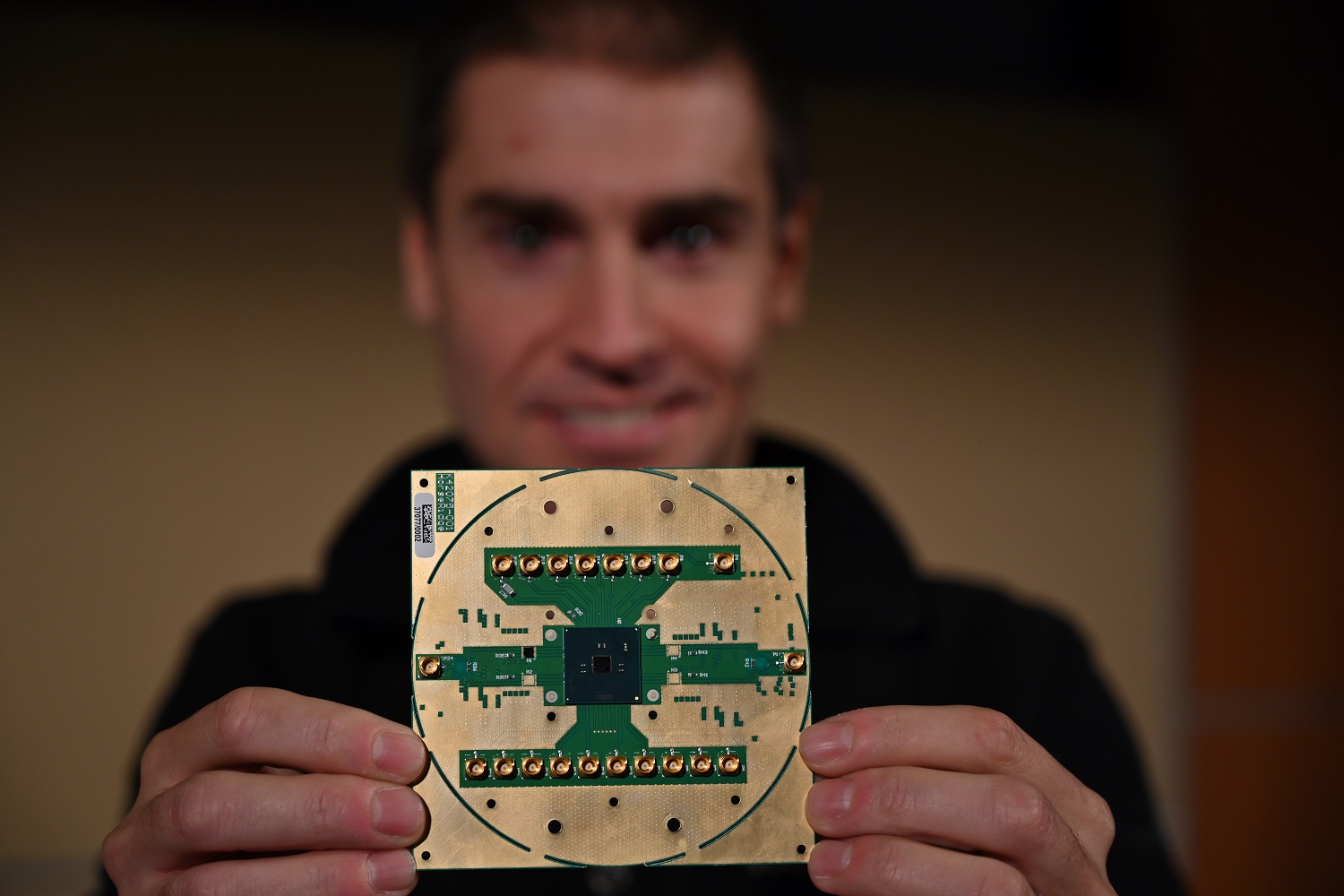
Intel’s latest control chip is expected to help streamline the development of “commercially viable” quantum computers.
Intel announced the creation of a new control chip to be used with quantum computers via a press release posted on its Newsroom webpage on Monday, December 9. Code-named Horse Ridge, the new chip is notable because it’s expected to be able to control “multiple quantum bits” (or qubits) without having to rely on wires to transmit data to and from them.
According to Intel, in the past, researchers had to use “traditional computational devices” to control the performance of qubits and to program the system. But such devices had their limitations. Namely, such a device was only able to control one qubit and needed “hundreds of connective wires into and out of the refrigerator in order to control the quantum processor.” Horse Ridge, in contrast, is expected to be able to control multiple qubits and appears to do away with the use of those connective wires. As it’s supposed to be a “highly-integrated system-on-chip,” Horse Ridge appears to be designed to replace the use of traditional computational devices and their wires.
Horse Ridge also appears to address another quantum computing concern: maintaining the cold temperatures that the qubits require to function properly. Horse Ridge is a cryogenic chip and as such is designed to function at extremely cold temperatures, specifically 4 Kelvin, which corresponds to about -452 degrees Fahrenheit or -269 degrees Celsius. This allows for the Horse Ridge control chip to be placed as close to the qubits as possible, within the quantum refrigerator in which the qubits are housed. (The code name Horse Ridge is actually a reference to the chip’s cryogenic feature since Horse Ridge is also the name of one of the coldest regions in Oregon.”
The chip itself is expected to work as a radio frequency processor that controls the qubits and does so by translating pre-programmed instructions “into electromagnetic microwave pulses that can manipulate the state of the qubits.”
Horse Ridge is made with Intel’s 22nm FinFET technology and was developed by Intel Labs and collaborators from QuTech. QuTech is a partnership between TU Delft (Delft University of Technology) and TNO (Netherlands Organization for Applied Scientific Research).


